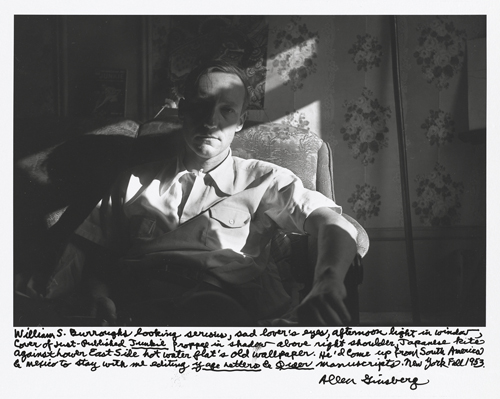Banned Books Week

Executive Director Lori Starr with her Banned Books Week selection Banned Books Week began in 1982 in response to so many books being banned and protested in libraries, classrooms, and bookstores. Many classics that have been a part of the literary canon for decades are still being protested and their merit challenged. J. D. Salinger’s The Catcher in the Rye , Toni Morrison’s Beloved Harper Lee’s To Kill a Mockingbird , William Golding’s Lord of the Flies, Mark Twain’s The Adventures of Huckleberry Finn , Maya Angelou’s I Know Why The Caged Bird Sings , John Steinbeck’s Of Mice and Men , and Mary Shelley’s Frankenstein have all been banned and protested for different reasons. Having just hosted an exhibition on the photographs of Allen Ginsberg and learning about the trial around the publication of HOWL by City Lights Booksellers and Publishers, we're more keenly aware of the fierceness of the fight for the freedom of expression.



